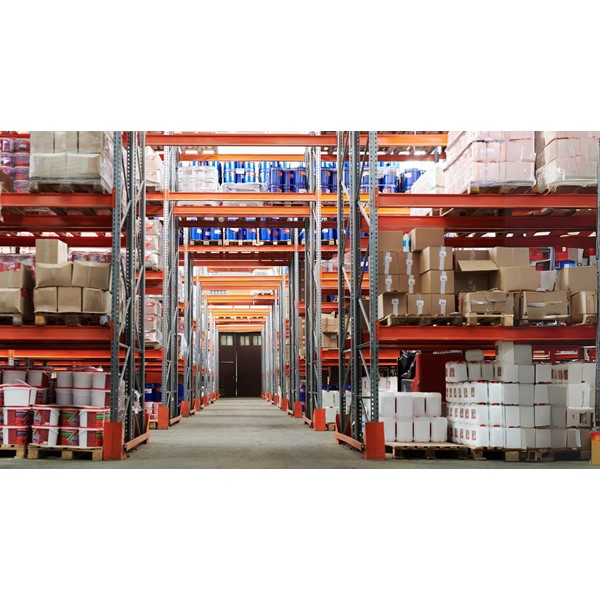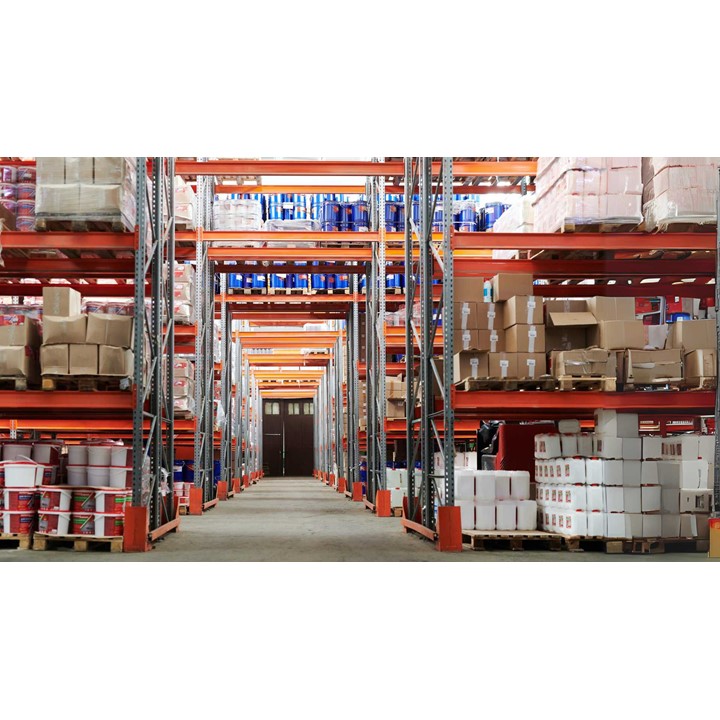WMS vs. ERP: When Do You Need a WMS System and When Is ERP Enough?
A continuously changing operating environment with emerging customer requirements is part of companies’ daily life. Those who want to succeed must ensure the watertightness of their supply chain first in regard to their intralogistics; processes and material flows must be able to adopt to the changing requirements now and in the future. But when do you need a separate Warehouse Management System (WMS) for this and when is an Enterprise Resource Planning (ERP) system enough?
When developing the operational competence of a company, it is important to bear in mind that warehouse management, too, is an essential function with a direct effect on customer service and customer experience. If you want to succeed, warehouse management should never be left as the weakest link in the chain; instead, you should plan it in good time to support the entire supply chain and to be adaptable to future needs.
Enterprise systems are longstanding. At Roima, we often encounter cases where the roles of different systems have begun to sprawl over time, partly unnoticed. Systems have been stretched to areas which they are not meant for, and in the fringe areas, processes have without exception been patched up with Excel and paper forms. In a situation like this, it is very hard for the company to assess the potential value of a WMS system, as doing that would require questioning the entire system architecture and specification of the systems’ roles.
The Role of ERP
Modern ERP systems have standardized company-level basic processes and significantly improved the efficiency of resource management. In the last decades, operational activities have thus been developed with an ERP orientation, as a result of which operational activities have been like a black box that is very hard to manage and develop. WMS is a way to take a part of this black box under control.
In principle, the operational activities of companies are always unique, and for that part, system needs might change even frequently. In this case, an ERP system which only has standard functionalities and is tied to financial management might not be able to keep up and could be expensive and slow to develop. The current trend is to define the role of ERP to be the “core” of enterprise information systems that is stable and whose customization is strictly controlled. Thus, operational systems surround ERP and are integrated to it.
Customer Service and Real-Timeliness
Customers are nowadays served through multiple channels and, for example, online store is today an essential part of the customer service concept in many companies. Providing good customer service has started to require speed, real-timeliness and transparency from warehouse management as well. At the same time, the complexity of warehouse operations has increased alongside efficiency and quality requirements.
In this big complex, ERP (and its development organization) is often unable to support the increased requirements for warehouse management. When warehouse events and balances need to be controlled and monitored in real time, a WMS is often the right choice.
Dynamic Warehouse
The balances in ERP are often stock location specific. Storing is based on fixed stock locations, and changes in product placement require manual work, such as data searches and data management in Excel.
In WMS, in turn, the balance is in storing units and dynamic stock locations. The placement of items in the warehouse is optimized according to the rules set for reserve and active locations, and the items that are most sold according to the circulation class are placed on the best picking spots. The distances in the warehouse become shorter, which increases the efficiency of picking.
A dynamic warehouse also serves to ensure balance accuracy, as the balances are always checked at the latest when a stock location becomes empty. The system controls FIFO and automates stocktaking alongside other operation.
Optimization of Forklift Tasks and Picking
When it comes to the control and optimization of forklift work and picking, WMS is, again, often more efficient than ERP. The dynamic optimization of picking sequence according to situation is essential for efficiency.
The most efficient alternative is to optimize picking according to rules defined in the WMS system. This allows the forklift tasks to be optimized for those forklifts that are most suitable for each particular task and in the right order. This also helps to form efficient picking batches according to operating environment, thus increasing picking efficiency. At the beginning of picking, it is possible to give the pickers instructions to ensure that they are able to select the most optimal container size, even if they would not have prior practical experience. Multi-customer picking can also be performed as a basic feature.
Change and Continuous Improvement
The development and continuous improvement of operations require measuring; if you don’t measure it, you cannot develop it. With a WMS system, you can collect all the necessary data on intralogistics processes for the building of various metrics, whereas an ERP system might not produce good enough data to build good metrics. With the help of metrics, you can verify your achievements and steer development to the right direction.
New needs set new kinds of requirements for processes and system support. In business changes, a separate operational warehouse management system is easier and cheaper to develop than a whole ERP system. It is a well-known fact that the development and especially the maintenance of ERP system customizations is burdensome and expensive. Moreover, differentiating your unique operations (your competitive advantage) into a separate operational system also helps to direct the development of ERP towards a more sustainable path. Defining the role of ERP and standardizing its functionalities is important if you are planning to change or update it or take it to the cloud.
Also when comparing different WMS systems, it is important to keep in mind the flexibility of your own technology: how much of your company’s own operations you want to freeze to rely on the processes built by the supplier, and how much you want to give importance to the continuous development of your unique operational competitiveness.
User Experience and Work Efficiency
In warehouse management, challenges are also posed by employee turnover and the loss of silent knowledge. New employees are used to having easy-to-use systems, and ease of use is also required from operational systems.
WMS system guides the employees to do the right things in the right order without errors and without extensive training. By contrast, ERP user interfaces have traditionally not been simple enough on the shop floor, and developing such a simple system for a single purpose only would usually be disproportionately expensive.
Automation and Number of Events
As the number of intralogistics events increases, what will also increase is not only the need for WMS but also the need for storage automation that should be integrated to the operational systems. Storage automation and ERP need to have a logic and control level between them. Integrating storage automation into ERP without close consideration and definition of roles can prove to be an expensive mistake in the long term. In such case, ERP must be customized and it might end up in an operational role, and the integration with storage automation might freeze the development of ERP and processes.
WMS systems, in turn, have been designed to take advantage of automation and to be easily integrable. Bearing in mind possible future needs and development, it is wise to consider shifting the role of ERP away from the operational support of the warehouse and keep more options open.
No Single Right Answer
In today’s world, the need to invest in the system support of operational warehouse management and intralogistics is bigger than before. In environments where the number of daily warehouse events is closer to dozens than hundreds, the warehouse is part of a bulk-like process industry process, the role of forklifts or automation is narrow, and/or the need for warehouse personnel is small, it might be smart to specify the role of EPR to cover warehouse management in its entirety and invest in extending the EPR.
If, however, your company is under pressure to standardize and specify the role of ERP, increase the efficiency of warehouse operations through work efficiency, forklifts or automation, and/or increase the speed and visibility of warehouse operations and hence customer experience, a separate WMS system is a good strategy.











